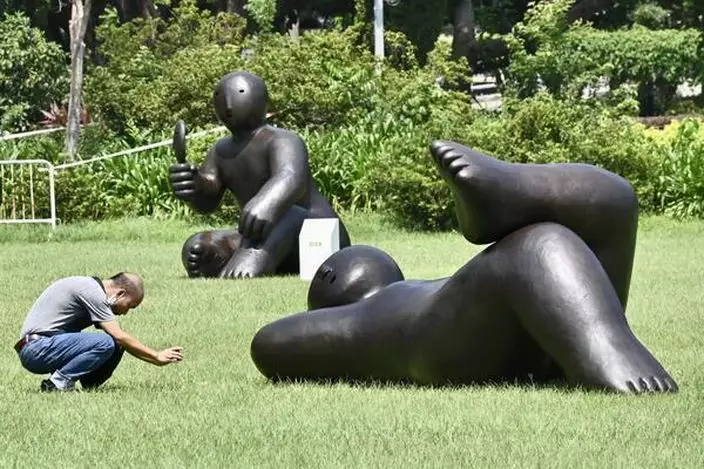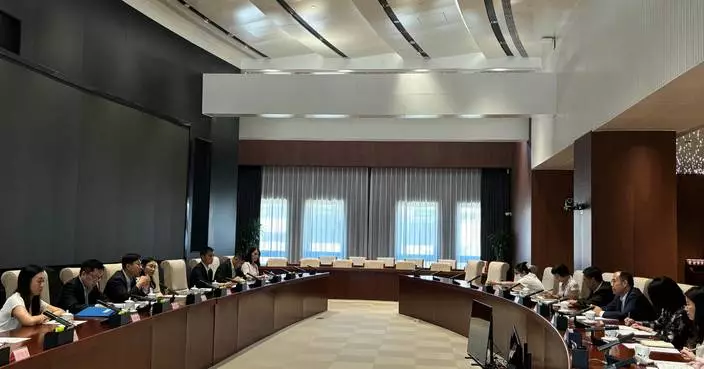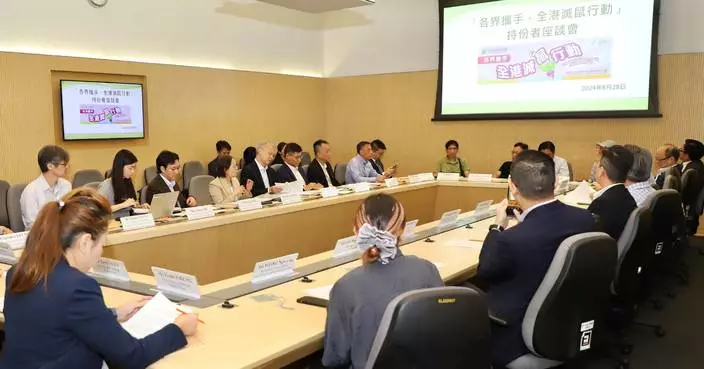LCQ4: Prevention of flooding and landslides
Following is a question by the Hon Stanley Li and a reply by the Secretary for Development, Ms Bernadette Linn, in the Legislative Council today (July 17):
Question:
In recent years, there were severe flooding and landslides in many parts of Hong Kong under extreme and adverse weather conditions. In this connection, will the Government inform this Council:
(1) of the rainfall patterns in Hong Kong in the past five years; whether it has assessed if the design standards of the stormwater drainage systems in Hong Kong are sufficient to cope with extreme and adverse weather conditions in the future, and how the stormwater drainage systems can be upgraded to improve the flooding situation;
(2) whether the Government has assessed if the rise in sea level will affect the effectiveness of the stormwater drainage systems in Hong Kong, and how the Government will solve the problem of coastal and low-lying areas being vulnerable to flooding and seawater infusion or rainwater backflow under extreme and adverse weather conditions; and
(3) given that many districts were hard hit by flooding and landslides under extreme and adverse weather conditions, such as Tso Wo Hang and Marina Cove in Sai Kung, the outdoor car park outside LOHAS Park, as well as Wan Tsui Road in Chai Wan, of the Government's plans to improve the relevant infrastructure facilities and cope with emergencies?
Reply:
President,
Facing the extreme weather, the Government has been continuously strengthening its overall capability to respond to extreme weather through enhanced measures in four aspects including advanced emergency preparedness, enhanced early warning, decisive emergency response and speedy recovery.
Regarding each part of the question, my reply is as below:
(1) According to the information provided by the Environment and Ecology Bureau and the Hong Kong Observatory, the annual rainfall recorded at the Hong Kong Observatory Headquarters in the past five years ranged from about 2 200mm to more than 2 700mm, with detailed figures as set out as follows:
2019
2020
2021
2022
2023
2396.2mm
2395.0mm
2307.1mm
2205.4mm
2774.5mm
Against the background of global warming, there is an increasing trend in Hong Kong's annual rainfall over a long period, and extreme rainfall events have become more frequent. Taking the hourly rainfall recorded at the Hong Kong Observatory Headquarters as an example, a record-breaking hourly rainfall of 158.1mm was recorded in September last year, breaking the record of 2008. In the past, record breaking events of hourly rainfall used to occur once every few decades. However, the occurrence of these events have become more frequent in the recent decades.
Hong Kong's flood protection standards, including the design return period of 200 years for trunk drains, are on par with major cities in the Mainland and overseas, including Beijing, Shanghai, Shenzhen, Singapore, Tokyo, London, Copenhagen and Amsterdam. To cope with the impacts of extreme rainstorms, the Drainage Services Department (DSD) updated the Stormwater Drainage Manual, making reference to the Sixth Assessment Report published by the Intergovernmental Panel on Climate Change of the United Nations and the results of its relevant studies, as well as the rainfall data collected from the heavy rainstorm in September 2023 in Hong Kong. Taking the standard of the return period of 200 years as an example, the hourly design rainfall parameter has been increased from 145mm to 155mm after the update. Moreover, new facilities will be designed with reference to projections in the United Nations' report for mid-century, with a view to ensuring that the design of drainage capacity of newly built stormwater drainage systems can cope with sea level rise and increase in rainfall in the mid-21st century.
The DSD is currently taking forward the construction of 11 major drainage improvement works and it is anticipated that these projects will be completed progressively from 2024 to 2030 in batches. Besides, subject to the funding approval from the Finance Committee of the Legislative Council, another seven drainage improvement works will commence within this year.
In addition, the DSD is conducting a study to further assess the impact of climate change on Hong Kong's stormwater drainage systems till the end of the century in order to formulate a long term integrated flood management strategy. It is expected that the study will be completed in the fourth quarter this year.
(2) In response to sea level rise and storm surges caused by climate change, the Civil Engineering and Development Department (CEDD) completed a coastal hazards study in end-2021, which identified 26 coastal low-lying or windy residential areas with higher risks for formulation of improvement works and management measures. The improvement works have been progressively taken forward and are anticipated to be completed by 2027.
In the long term, the CEDD has also commenced a study on Shoreline Management Plan with an aim to formulating strategies and preventive measures in the longer term for planning and implementing coastal development and protection. It is expected that the study will be completed in the fourth quarter this year.
(3) It is a consensus amongst the international communities that it is impossible to pursue infrastructure facilities that can completely eliminate flooding as setting such an excessively high standard is neither practical nor cost-effective. While the Government continues to implement drainage improvement works and coastal improvement works across the territory, it will also adopt appropriate emergency response and management measures to deal with the challenges we are facing.
The DSD will continue to maintain liaison with the Hong Kong Observatory and make advance arrangements and preparations. Whenever a severe rainstorm is forecasted, the DSD will plan in advance and early deploy emergency teams to inspect about 220 locations prone to flooding and clear blocked drains to reduce flooding risk. The DSD will also review the causes of each flooding case and implement targeted mitigation measures through minor improvement works in district areas. Taking the locations mentioned in the question as examples, the minor drainage improvement works at Wan Tsui Road in Chai Wan have been completed; the minor improvement works to the outdoor car park opposite to LOHAS Park will be completed in the third quarter of this year; and the DSD is currently providing technical support to the Sai Kung District Lands Office and the Home Affairs Department for the follow-up drainage improvement works near Tso Wo Hang and Marina Cove in Sai Kung.
In relation to landslides, we have required government departments responsible for the maintenance of over 60 000 man-made slopes to conduct routine inspection and maintenance annually, and to engage engineers to conduct a more comprehensive inspection every five years. On top of the regular inspection, the Geotechnical Engineering Office under the CEDD has further identified approximately 500 government man-made slopes adjacent to sole accesses to community or important livelihood facilities, and has required relevant slope maintenance departments to complete special inspection for these slopes before the wet season so as to minimise the risks of slope incidents.

Source: AI-generated images










